- By 2025, non-fossil energy such as wind and solar energy will account for 36% of Shanghai's electricity consumption
- From 2022 onwards, the proportion of photovoltaic installations on the roofs of new government offices, schools and industrial plants should not be less than 50%
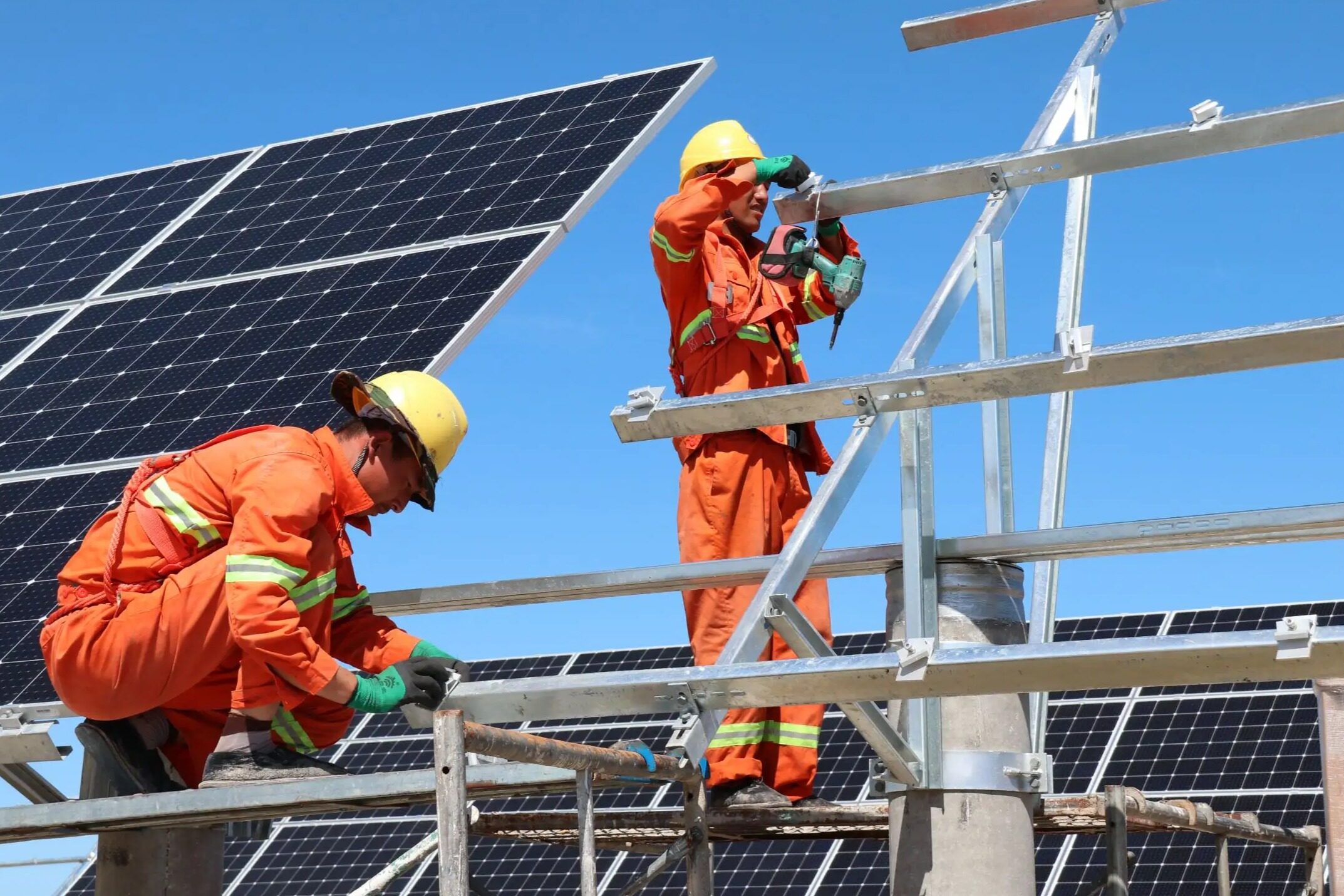
In the context of accelerating global energy transition, China has entered into a grand construction cycle of a renewable energy system targeting dual carbon. A few days ago, the Shanghai Municipal Party Committee and Municipal Government issued the "Shanghai Carbon Peak Implementation Plan", focusing on the realization of the goal of peaking by 2030, specifically specifying that during the "14th Five-Year Plan" period, non-fossil energy such as wind energy and solar energy will be vigorously developed, and offshore wind power will be promoted. and "Photovoltaic +" and other projects, actively strive for the support of the state to build large non-fossil energy bases outside the city, accelerate the construction of a clean, low-carbon, safe and efficient modern energy system and a new power system suitable for megacities, and ensure that Shanghai achieves the realization of the project by 2030 Carbon peaks.
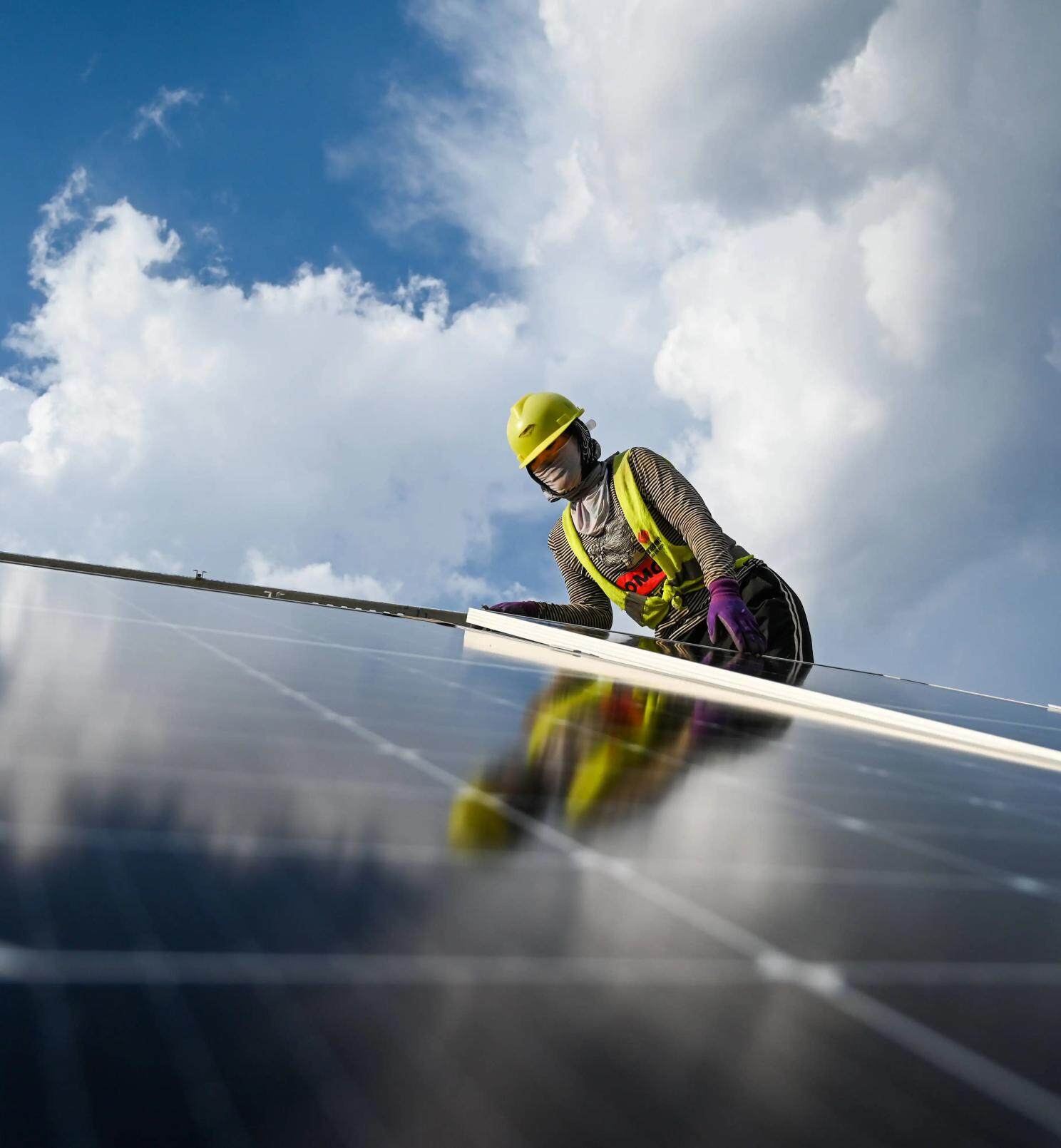
Details
Adhere to both in-city and out-of-city efforts, implement and complete the weight of responsibility for renewable energy power consumption assigned by the state, and promote the orderly development and construction of renewable energy projects. By 2025, renewable energy will account for 36% of the electricity consumption of the whole society.
Vigorously promote the large-scale development and high-quality development of photovoltaics, adhere to both centralized and distributed, make full use of land and site resources such as agriculture, parks, municipal facilities, public institutions, and residences, and implement a number of "photovoltaic +" projects. By 2025, the photovoltaic installed capacity will strive to reach 4 million kilowatts; by 2030, strive to reach 7 million kilowatts.
Accelerate the development of wind power in the three major sea areas of Fengxian, Nanhui and Jinshan, explore and implement demonstration pilot projects for far-reaching offshore wind power, and promote the development of onshore wind power and decentralized wind power according to local conditions.
Vigorously strive for new supply of external clean energy, and further increase the introduction of non-fossil energy power outside the city. Strengthen cooperation with regions rich in non-fossil energy resources, build large-scale non-fossil energy bases, rationally deploy new and expanded clean energy channels outside the city (the proportion of renewable energy power should not be less than 50% in principle), and strive for the "15th Five-Year Plan" During the period basically completed and put into operation.
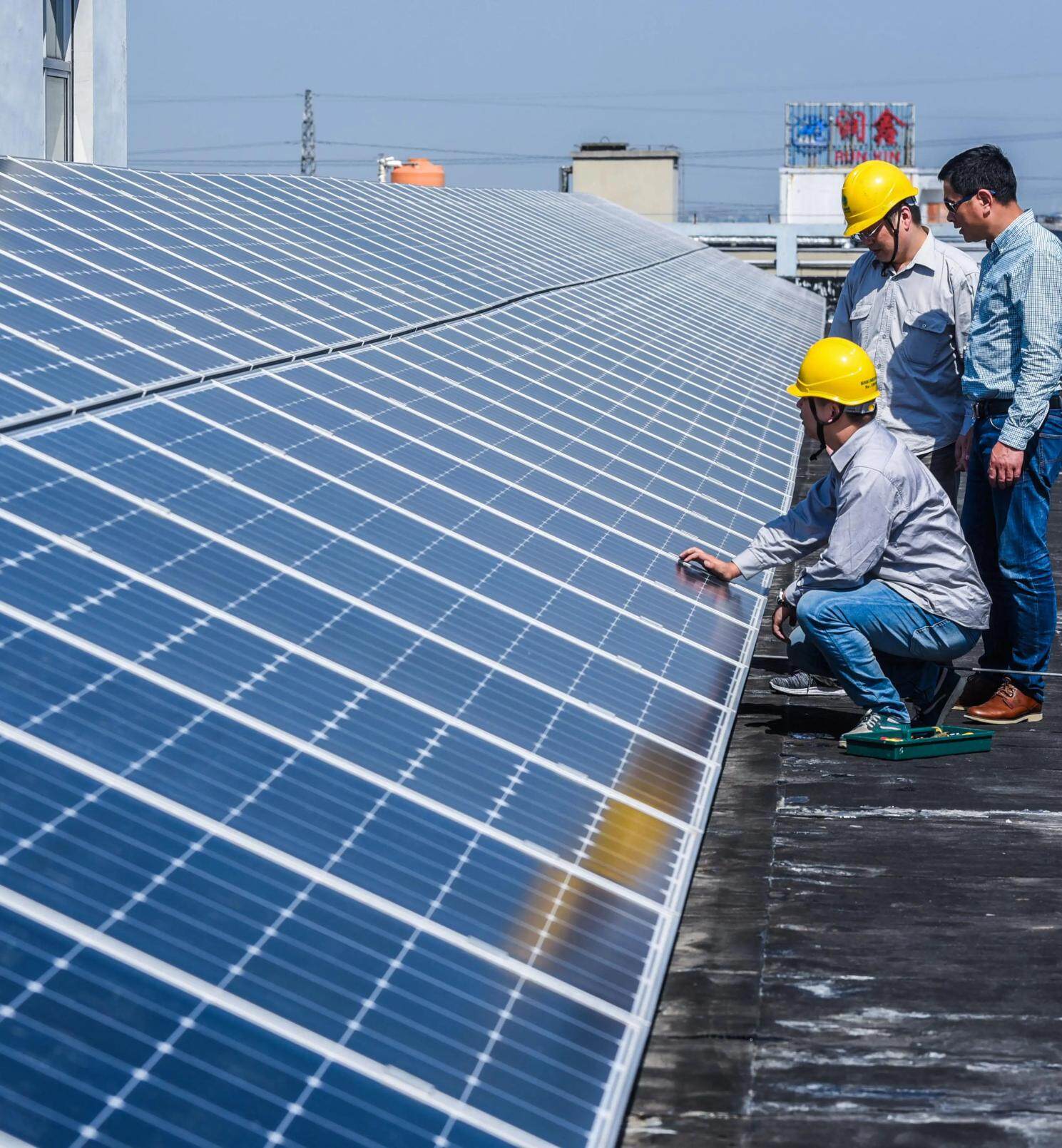
Actively promote the integration of source, network, load and storage and multi-energy complementary development, promote the orderly charging of microgrids and electric vehicles with distributed "new energy + energy storage" as the main body, actively explore the application of new energy storage technologies, and vigorously develop low-cost, High safety and long life energy storage technology. Deepen the reform of the power system, and build a fair and open power market system that is competitive and orderly, safe and low-carbon oriented. Accelerate the expansion of the scale of new energy storage installations.
Promote the installation of photovoltaics in suitable new buildings. From 2022, the proportion of photovoltaic installations on the roofs of new government offices, schools, industrial plants and other buildings shall not be less than 50%, and the proportion of photovoltaic installations on the roofs of other types of public buildings shall not be less than 30%. Promote the installation of photovoltaics in existing buildings. By 2025, the roof photovoltaic coverage rate of public institutions and industrial plants will reach more than 50%; by 2030, it will be fully installed. From 2022, new public buildings, residential buildings and industrial plants will use at least one type of renewable energy. By 2025, the renewable energy replacement rate of urban buildings will reach 10%; by 2030, it will be further increased to 15%. Editor / Xu Shengpeng
Comment
 Praise
Praise
 Collect
Collect
 Comment
Comment
 Search
Search


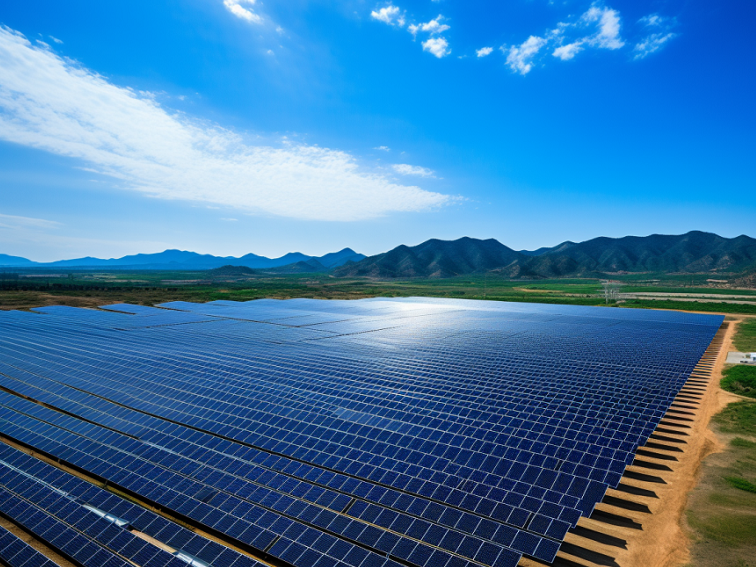
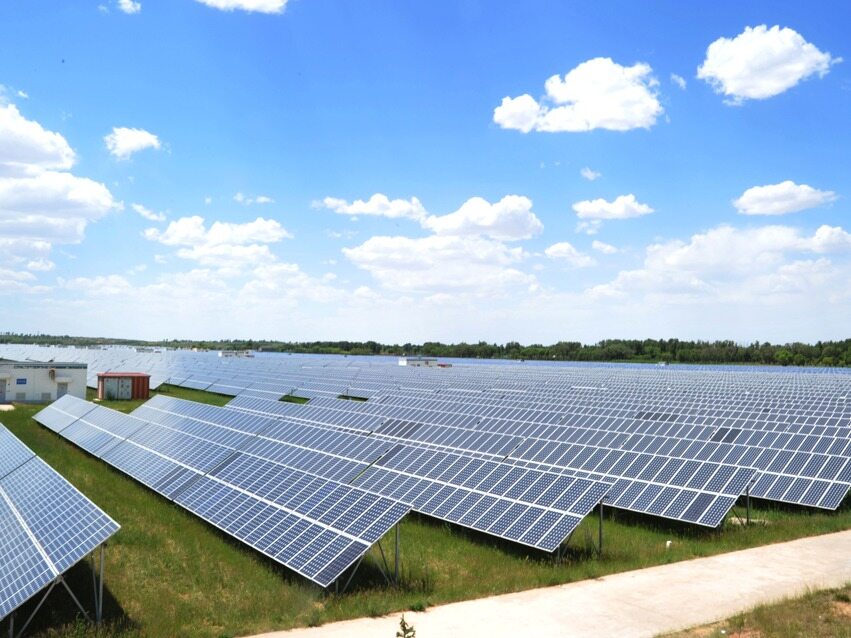
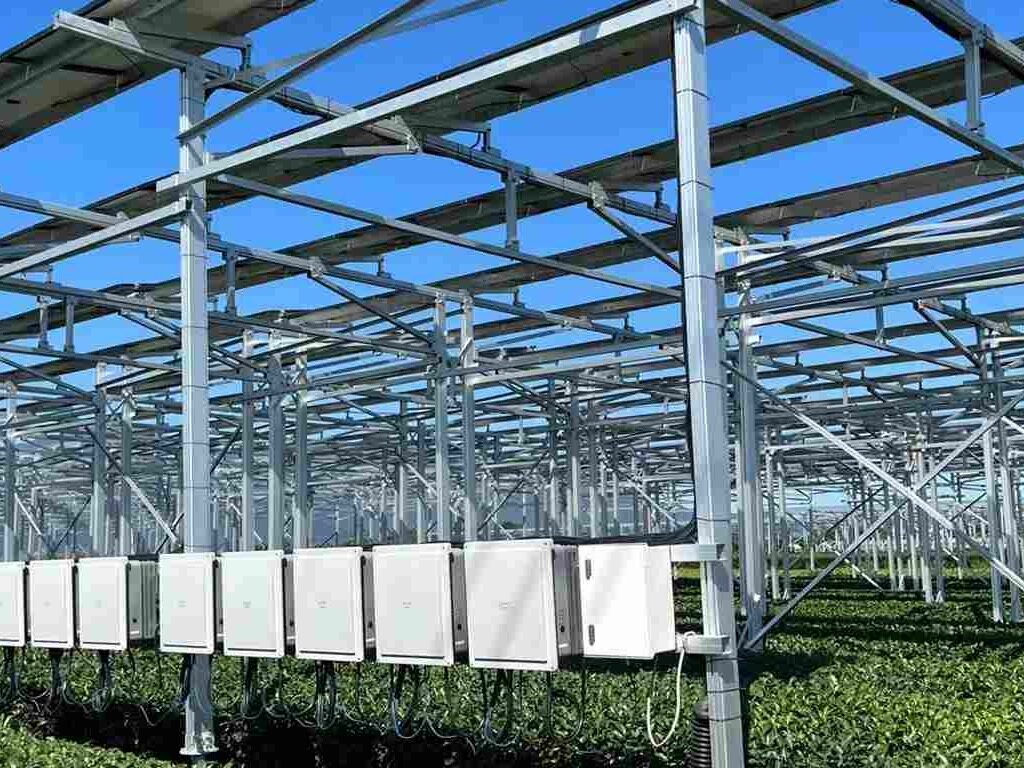
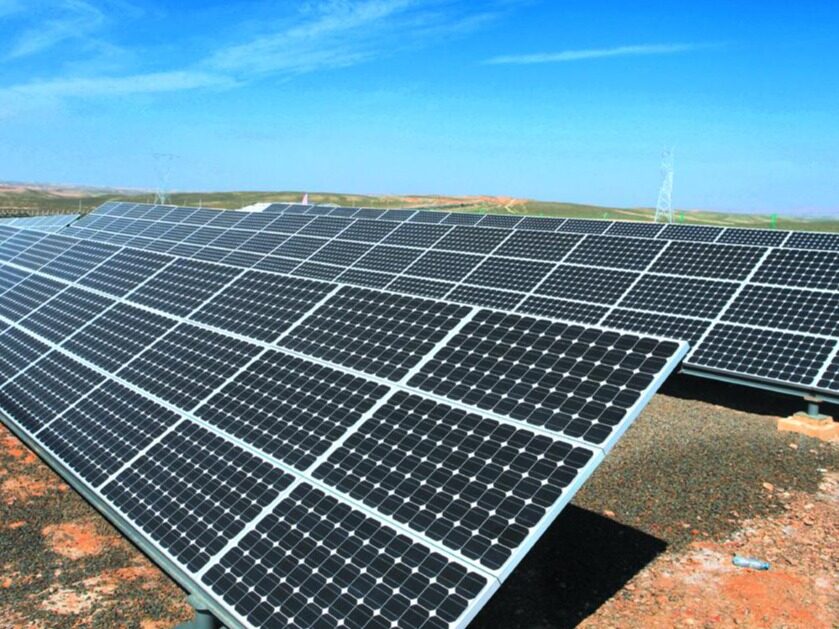
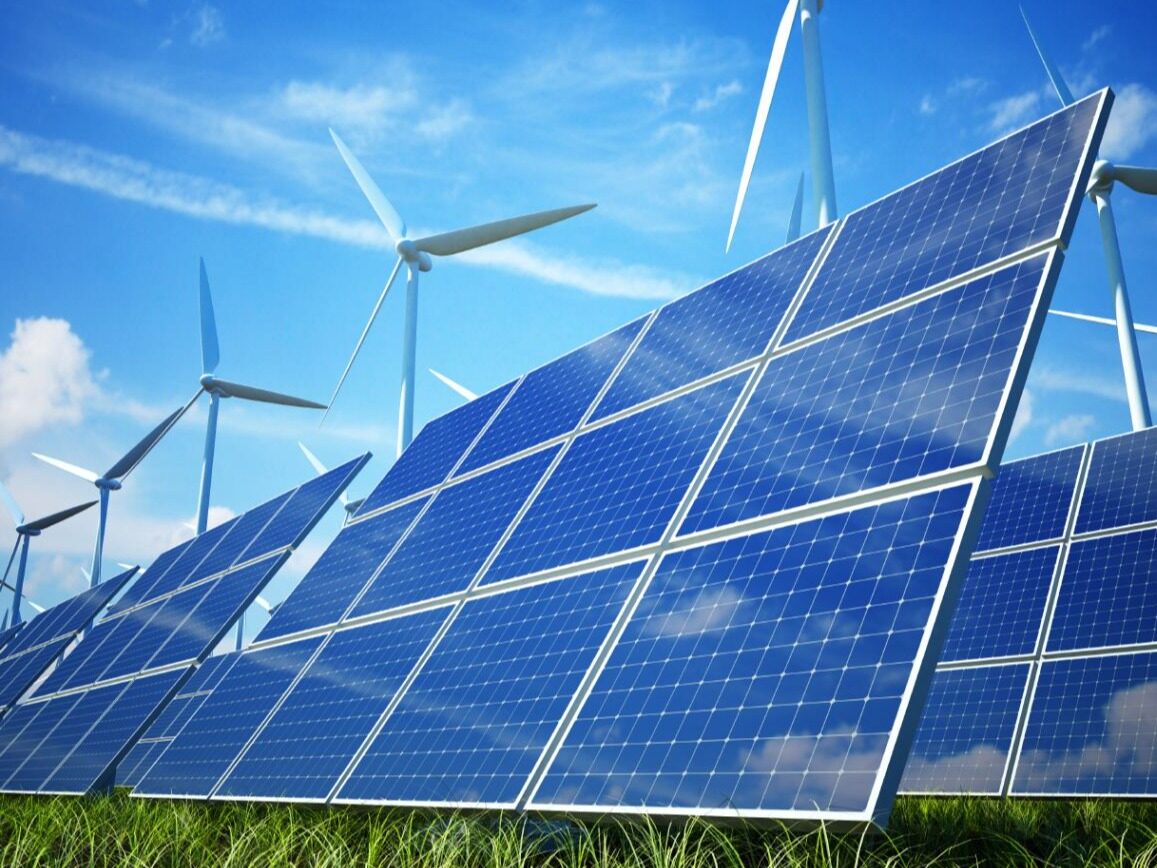
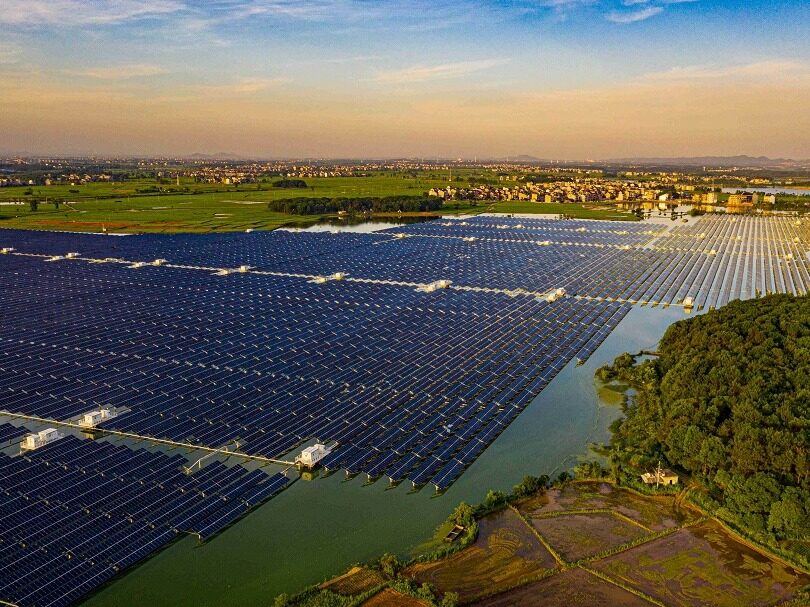






Write something~